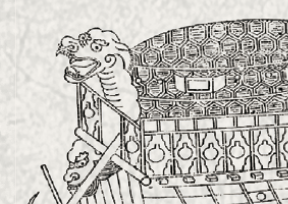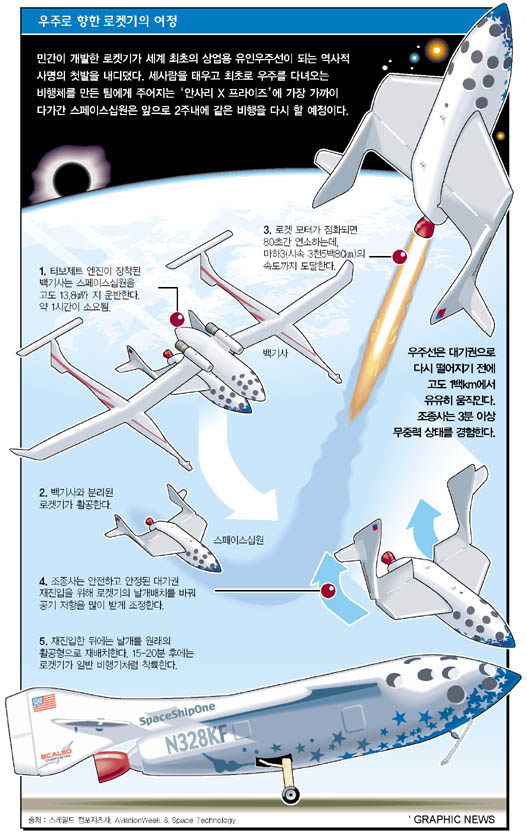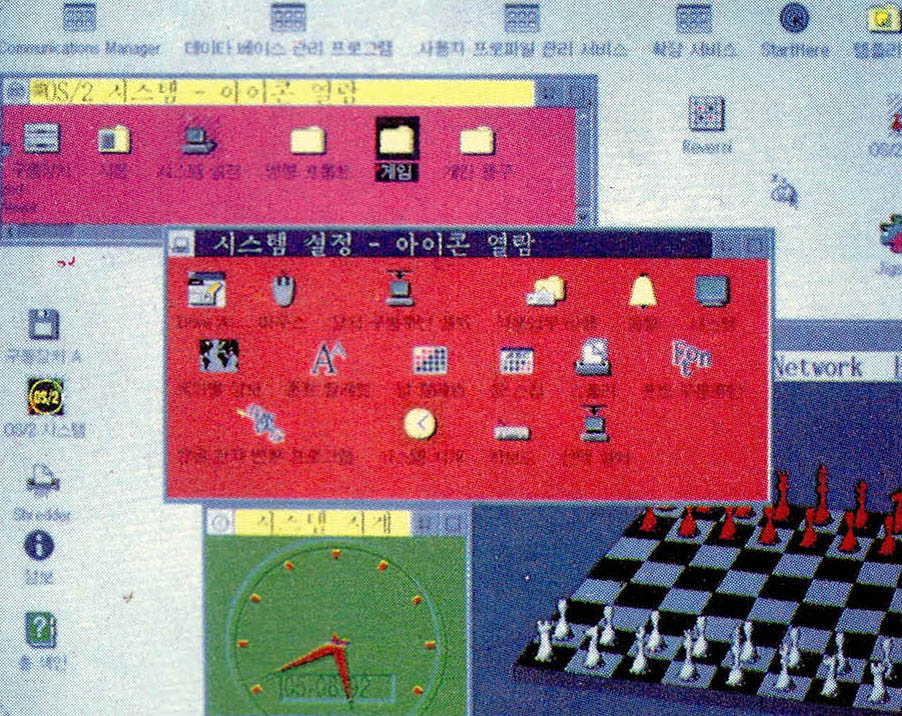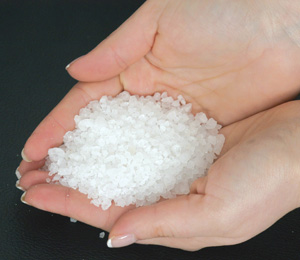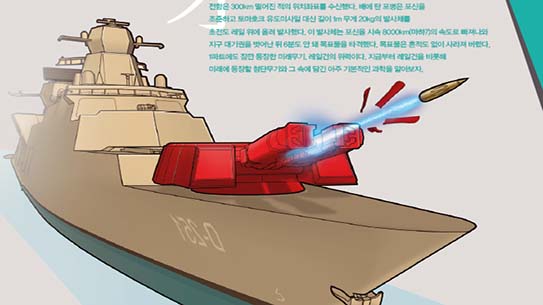필자는 유전학적 체질이 되지 못하여 유전학분야에서 벌어지고 있는 내용들을 계속 이해하며 따라간다는 것은 필자에겐 대단히 힘든 일이다. 그러나 이 분야는 급속하게 확대되어 가고 있으므로 간략한 소개와 함께 최근 진행되고 있는 몇가지 연구사례를 들어가며 설명하는데 최선을 다해볼까 한다.
우선 유전자들은 유전을 위한 간결하고 조그마한 구성요소들이 아니라고 말하고 싶다. 1860년대에 오스트리아의 신부인 멘델이 그 유명한 실험을 실시하고 있을 적에 그는 교접되는 완두콩이 보인 흥미로운 결과의 원인이 세포핵내의 염색체들이었다는 사실은 전혀 몰랐다. 그는 나타난 현상을 조심스레 기록하고 그의 완두콩이 분명히 측정 가능한 특성, 즉 그가 이름 붙였듯이 쌍으로 보이는 '요인'들을 갖고 있다고 판단했다. 멘델은 '열성' 유전요인이 파괴되는 것이 아니라 감춰져 있다가 다음 세대에서 나타남을 발견했다.
1888년 염색체가 폰 발데이어씨에 의해 이름지어졌을 때는 아무도 그것의 구성요소들을 몰랐으나 후에 이 염색체는 멘델의 '요인'들과 관련있음이 명백하게 되었다. 1909년에 덴마크의 생물학자인 요한센은 이 요인들을 '진(유전인자)'이라고 불렀는데 이는 그리스어로 '누구를 낳다'라는 의미다.
생명체 각 종마다 독특한 염색체의 수는 상속받는 특성들의 수보다 훨씬 적기 때문에 생물학자들은 각 염색체가 많은 유전인자들의 집합이라고 생각한다. 쉽게 자라며 번식력이 높은 초파리는 네개의 염색체밖에 없는데도 이 파리 덕분에 유전자가 복잡하게 배열되고 서로 얽혀 있음이 밝혀졌다. 뿐만 아니라 이미 멘델이 발견한 것처럼 유전자는 서로 교차하며 돌연변이를 일으킬 수 있다. 한편 가축사육자들은 오래전부터 생식세포의 돌연변이 성향을 이용해 왔다. 1791년 매사추세츠주의 어느 농부는 괴상한 모습의 어린 양으로부터 다리가 짧아 들판주변의 돌담을 뛰어넘을 수 없는 양을 탄생시켰다.
초파리 덕분에 염색체 하나에 들어있는 유전자의 수를 셀수 있게 됐고(초파리의 경우 최소한 1만개) 각 유전자의 분자량은 6천만인 것을(분자량은 각 분자내의 모든 원자들의 원자량의 합이다) 파악할 수 있게 됐다. 인간은 초파리의 염색체보다 더 큰 염색체를 갖고 있다. 우리 몸속에 있는 한쌍의 염색체들은 각각 2만〜9만개의 유전자를 포함하고 있다. 그리고 분자량은 더 높으며 따라서 더욱 복잡해진다.
과학자들은 이토록 복잡한 현상들과 씨름하고 있다. 현대분자유전학은 유전자들의 활동을 이해하고 통제하는 무시무시한 학문이다. 그 '유전을 위한 구성요소들'은 바로 DNA분자들(잘 알려진 2중나선구조)로 알려졌다. DNA 혹은 디옥시리보핵산은 네개의 뉴클레오티드들로 구성되어 여러 조합을 이루는데 이 조합은 유전정보라고 불린다. 과학자들은 이 조합을 변형시키기 위해 노력하고 있으며 이러한 노력은 유전자재조합기술 혹은 '유전공학'이라고 일반인들에게 알려져 있다.
이 모든 노력에는 무슨 의미라도 있는 것일까? 물론이다. 유전때문에 기능을 발휘하는 면역성의 결핍으로 무균보육기에서 살아야하는 어린이들이 있다. 언젠가 유전공학이 이들에게 보통사람과 같은 삶을 제공할 수 있을는지 모른다. 어쩌면 DNA에 손상을 입은 사람들도 그 손상된 부분을 고쳐 받을 수 있을 때가 올지 모른다. 우리가 나이들어감에 따라 DNA는 손상되기 때문에 우리 모두가 젊음을 유지하는데 큰 관심을 갖고 있다는 점을 고려할 때 유전공학은 모든 사람에게 중요한 것이다.
모든 것은 연관되어 있다. 지구위에 사는 생명체들의 다양성은 복잡하게 얽히고 부분적으로 중복되고 서로의 존재를 보호하도록 되어있다. 생태계는 다양한 식물과 동물이 적재적소를 채우며 꼭 경쟁적이지만은 않은 많은 역할을 맡을 때 가장 활동력이 있다.
우리에게 있어 다양성이란 만일의 위험사태에 대비하는 보험과 다름없다. 만약 우리가 음식물이 될만한 소수의 동물과 식물을 집중적으로 소비해 환경의 주요한 변화를 이겨내지 못할 만큼 유전적 다양성이 감소하게 되면 우리는 스스로를 큰 재난을 입을 위험속에 빠뜨리는 셈이된다. 우리는 더 많은 생선을 먹으라는 충고를 들어왔으면서도 물고기들이 사는 물을 보호하지 않았으며 지역에 따라 물고기들을 보충할 노력도 기울이지 않은 채 과다한 고기잡이를 해왔다. 우리는 많은 식물을 좋아하고 필요로 하지만 곤충이나 새나 박쥐처럼 식물의 씨를 퍼뜨리는 역할을 하는 생물들을 보호하지 않았다.
이 지구에 인간들과 인간들에 의해 만들어진 것들만 남아있는 상황을 상상해 보라. 인류는 그렇게 오래 살지 못할 것이므로 이러한 상상은 불가능한 것이겠으나 만약 그럴 수 있다고 한번 가정해보자. 내 장담할 수 있거니와 우리는 적재적소를 채우는 수백만종의 다른 로봇을 만들어 다양성을 재창작할 것임에 분명하다. 그리고 나선 과연 그 모든 로봇들을 통제할 것인가 말 것인가. 그리고 그런 결정이 내려져야하나 말아야하나 혹은 통제가 불가능하지 않을 것인가에 대해 논란을 벌일 것이다. 궁극적으로는 조용히 나무를 심고, 씨를 퍼뜨리고 몰래 벌목하는 자가 있지않나 순찰하는 로봇도 등장할 것이다.
아무튼 진실이 하나 있다면 우리는 다양성을 즐기고 소로가 말했듯이 자연을 소중히 여긴다는 점이다. 우리는 우리 자신보다 훨씬 더 오랜동안 즉 우리가 죽어 사라진 후에도 계속 살아나갈 지구의 일부만이라도 느껴보기 위해 바다로, 산으로, 사막으로 가고 싶어 한다.
당신은 한가지 과일을 먹을 수 있다는 것만도로 만족할 수 있겠는가? 혹은 평범하기만 한 흰 토스트빵만 있으면 좋겠는가? 한가지 과일과 한가지 빵이라는 겨우 두가지의 다양성만으로도 입맛이 즐겁다는 사실을 상기해보라.
Keeping up with what's going on in genetics is a Herculean task for which I am not genetically designed, but since the field is expanding so rapidly I will do my best to give you a brief introduction and a few examples of current work.
To begin with, genes are not simple little building blocks of heredity. When the Austrian monk Mendel was carrying out his great experiments in the 1860s, he had no idea that chromosome bodies in the cell nucleus were responsible for his interesting results in cross breeding pea plants. He kept careful records and noted that his pea plants had definite, measurable characteristics he called "factors," that seemed to come in pairs. Mendel found that a "recessive" factor was not destroyed but remained hidden and could show up in the next generation.
When chromosomes were named by von Waldeyer in 1888 nobody knew their composition, but it finally became clear that chromosomes had something to do with Mondel's "factors." In 1909, Danish biologist Johannsen named the factors "genes," a Greek word meaning "to give birth to."
Since the number of chromosomes peculiar to each species is far less than the inheritable characteristics, biologists decided that each chromosome must be a collection of genes. Thanks to the easily raised, fecund little fruit fly with its meager four chromosomes, it was found that genes are arranged and linked in complicated ways. Furthermore, as Mendel had already discovered, genes can cross over and mutate. Animal breeders had long been taking advantage of the tendency of germ plasm to mutate. In 1791, from one odd lamb, a Massachusetts farmer bred shortlegged sheep that couldn't jump over the stone walls around his fields.
The frult fly made it possible to count genes in a chromosome (a minimum of 10,000 in the fruit fly), and find out that the individual gene has a molecular weight of 60 million (molecular weight is the sum of the atomic weights of all atoms in a molecule). Human beings have larger chromosomes than fruit flies. Ours contain from 20,000 to 90,000 genes per chromosome pair. The molecular weight goes up and so do the complications.
Scientists are grappling with the complications. Modern molecular genetics is awesome stuff, trying to understand and control how genes work. Those "buliding blocks of heredity" have turned out to be DNA molecules(the famous double helix). DNA, or deoxyribonucleic acid, is composed of four different nucleotides in various combinations now called the genetic code. Scientists are trying to alter the combinations, which gets publicity as recombinant DNA, or "genetic engineering."
Any point to this work? Sure. There are little children who have to live in sterile bubbles because they have genetically missed out on a functioning immune system. Some day genetic engineering may give them a normal life. Perhaps eventually, people with damaged DNA can have it repaired somowhat. Since DNA gets damaged as we grow older, and we all have a stake in trying to keep young, genetic engineering is important to all of us.
Everything's connected. The diversity of life on Earth is intricately interwoven, The parts overlapping, protecting each other's existence. Ecosystems Work best when complex, with various plants and animals fitting many niches, doing many things, not necessarily competing.
For us, diversity is risk insurance. We put ourselves at terrible risk of disaster by concentrating on just a few food animals and plants whose genetic diversity is not enough for them to withstand major changes in the environment. We're told to eat more fish but we haven't protected the waters where fish live, and We've overfished areas without helping to restock. We like and need many plants but we don't protect the creatures that pollinate those plants insects, birds, bats.
Imagine a scenario in which the planet is left with only human beings and whatever humans create. This is not feasible, because I suspect we'd never last that long, but just suppose. I'd bet that we'd reinvent diversity millions of different kinds of robots to fill every niche. Then we'd argue about whether or not to control all of them, and either we'd decide not to, or we wouldn't be able to. I imagine that eventually there'd be robots quietly planting trees, pollinating plants and patrolling for poachers.
Anyway, the truth is that we enjoy diversity, and treasure wildness, as Thoreau named it. We like to go to the ocean, the mountains, the desert Where we feel part of something larger than ourselves, a planet that will go on living after we've gone.
Besides, would you be satisfied with eating just one fruit? Or with conventional sliced white bread? Remember that diversity even tastes good!
(c) 1992, Los Angeles Times Syndicate
이 기사의 내용이 궁금하신가요?
기사 전문을 보시려면500(500원)이 필요합니다.
1992년 03월 과학동아 정보
🎓️ 진로 추천
- 생명과학·생명공학
- 환경학·환경공학
- 의학





